-

Reducing Logistics Costs in the Post Covid Economy
Consumers may not be aware of it, but most companies engaged in shipping products are likely struggling with rising logistics costs. On the one hand, the COVID economy has led to booms such as warehouse construction, as consumers increasingly purchase goods online and expect delivery right to their doorsteps. But the costs of business logistics have also risen as strains on…
-

Warehouse Safety Best Practices for Your Employees
As global demand for product delivery surges, more and more warehouses are being built throughout the country. Warehouses are the backbone of a supply chain and critical to any company engaged in shipping operations. But these facilities are more than just buildings to store and ship inventory. They employ dozens and sometimes hundreds of workers, supervisors, and managers who work around machinery,…
-
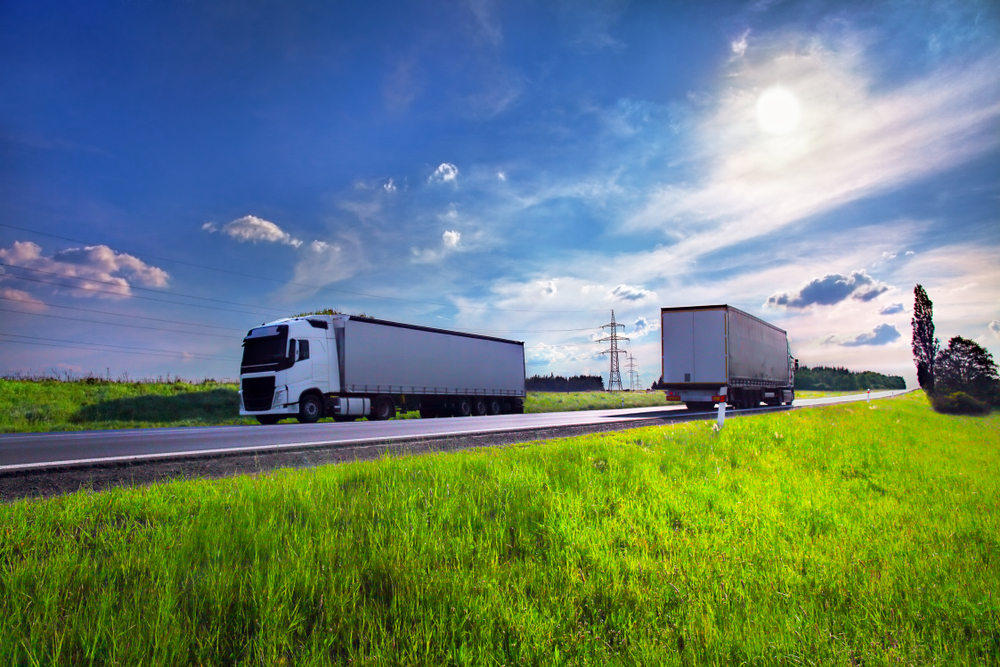
Green Logistics for a Greener Planet
With global warming concerns intensifying, the role of businesses in fighting climate change has become even more critical. As many successful companies continue to expand so too does their impact on both the global economy and the environment. One of the best ways companies can contribute to protecting our planet’s environment is by committing to…
-
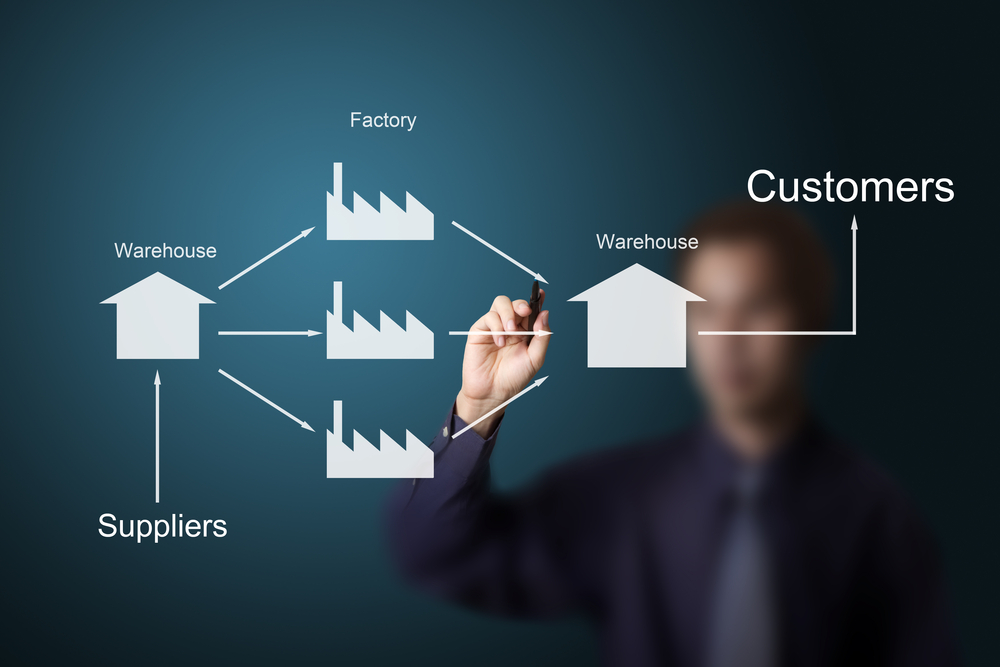
Best Practices for Managing Supply Chain Costs
While many industries have suffered because of the pandemic, the demand for faster, more efficient, and more intricate supply chains has only increased in the COVID-19 economy. Consumers increasingly purchase goods online and expect delivery to their doorsteps, and developers can’t build warehouses fast enough to meet burgeoning storage and shipping demands. Meanwhile, many companies struggle managing supply chain costs while still delivering goods quickly and efficiently. The…
-
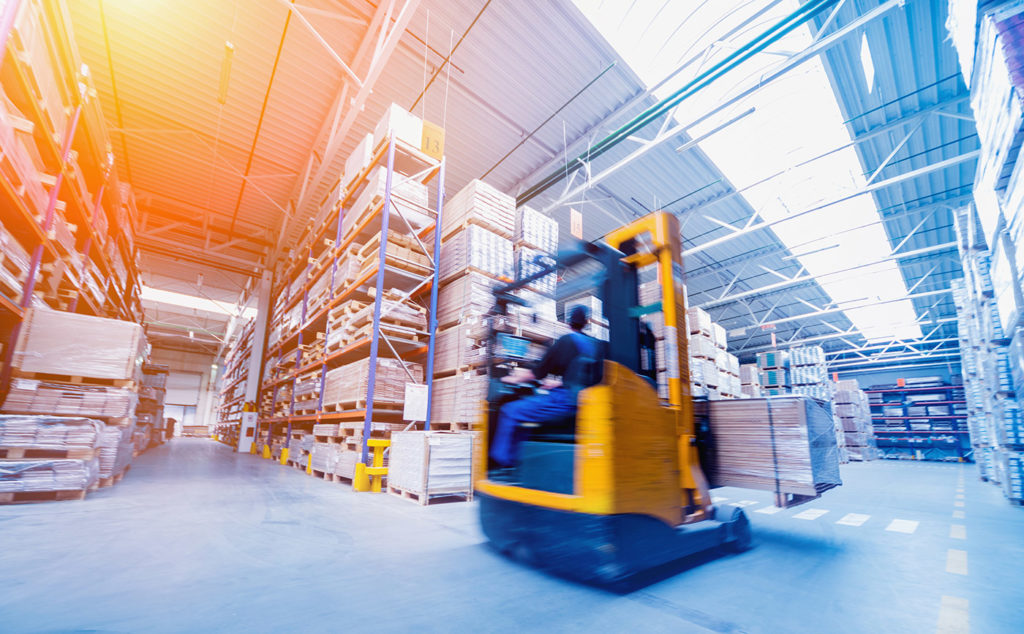
What Is the Average Pallet Size?
Moving and stacking pallets is a meticulous process that involves specific OSHA regulations, but this process can pose occasional difficulties for both workers and equipment – because not all pallets are the same. With a wide variety of pallet styles and nonstandard sizes available, newcomers to the supply chain industry may wonder: “What is the…
-

Why Covid-19 has Made Supply Chain Innovation Even More Important for Retailers.
As every retailer knows, the COVID-19 pandemic and resulting economic crisis have been incredibly challenging for the industry. Between statewide lockdowns, the need for enhanced safety and hygiene measures, and slowed economic activity in certain markets, the industry’s already narrow margins have gotten even slimmer and supply chain innovation has suffered. To survive and thrive…
-

Planting Trees to Fight Climate Change
America’s National Forest System spans 193 million acres and provides immeasurable benefits to our country. Our forests sustain more than 3,000 species of wildlife and 10,000 species of plants. More than 160 million Americans benefit from recreation, leisure time and exercise in our national woodlands. These visitors spend $13.5 billion on our economy annually, sustaining…
-
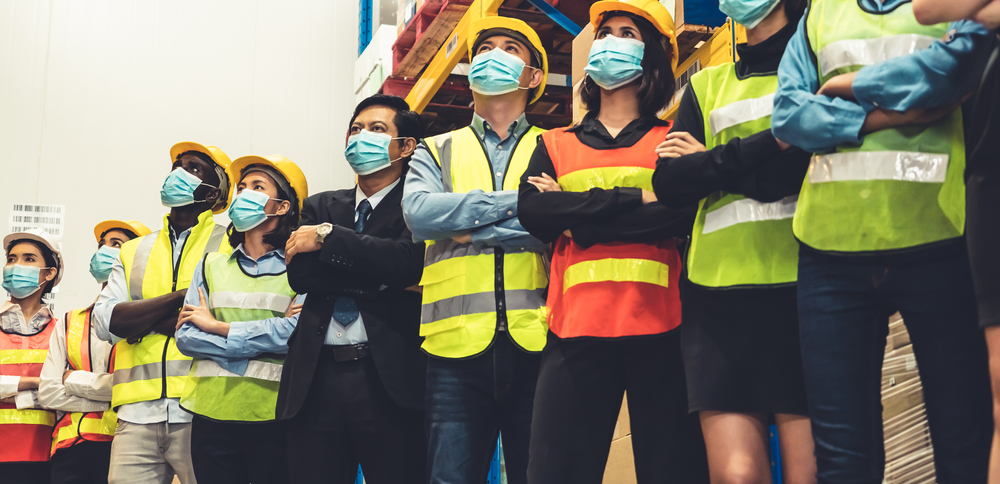
Supply Chain Employee Health and Safety Measures — During and Beyond COVID-19
As the world continues to grapple with the ongoing COVID-19 pandemic, global supply chain leaders are busier than ever implementing employee health and safety measures to keep both workers and customers safe — even as they keep millions of products moving. Of course, the threat of coronavirus has dominated the national dialogue. But responsible warehouse managers know that employee health and safety measures are always a top priority.…
-
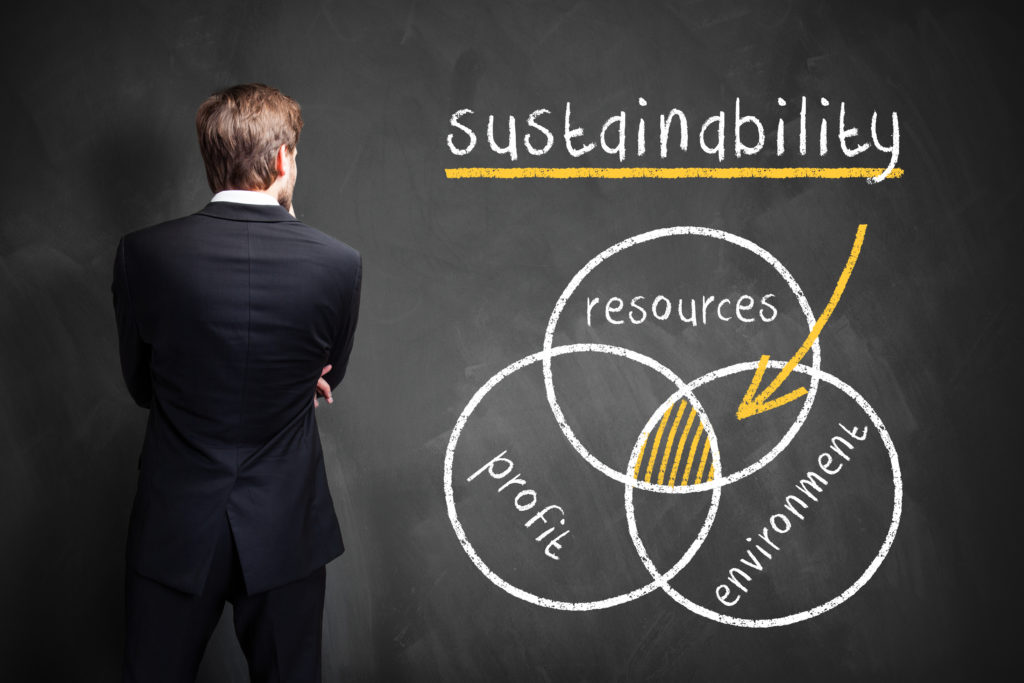
What Does it Mean to Have a Sustainable Supply Chain?
Wikipedia defines supply chain sustainability as “a business issue affecting an organization supply chain or logistics network in terms of environmental, risk and waste costs.” It is increasingly seen by both executives and consumers as essential to both the economy and our planet’s future. A sustainable supply chain helps the environment while also enhancing brand reputation…
-

Helpful Ways to Recycle at Work and Home
At iGPS, environmental sustainability is a key component of our business model. In honor of Global Recycling Day on March 18th, we surveyed iGPS team members to learn more about their recycling and sustainability habits and learn more about efforts they have made to reduce their carbon footprint. Although we were pleased to learn that…
-

The Impact of Reusable Packaging and Shipping Platforms
By now, most of us are accustomed to the habit of dropping a plastic water bottle or food container into a recycling bin instead of a trash can. But as we observe Global Recycling Day, it is worth remembering that our individual recycling efforts are merely the tip of the sustainability iceberg. To make a…
-
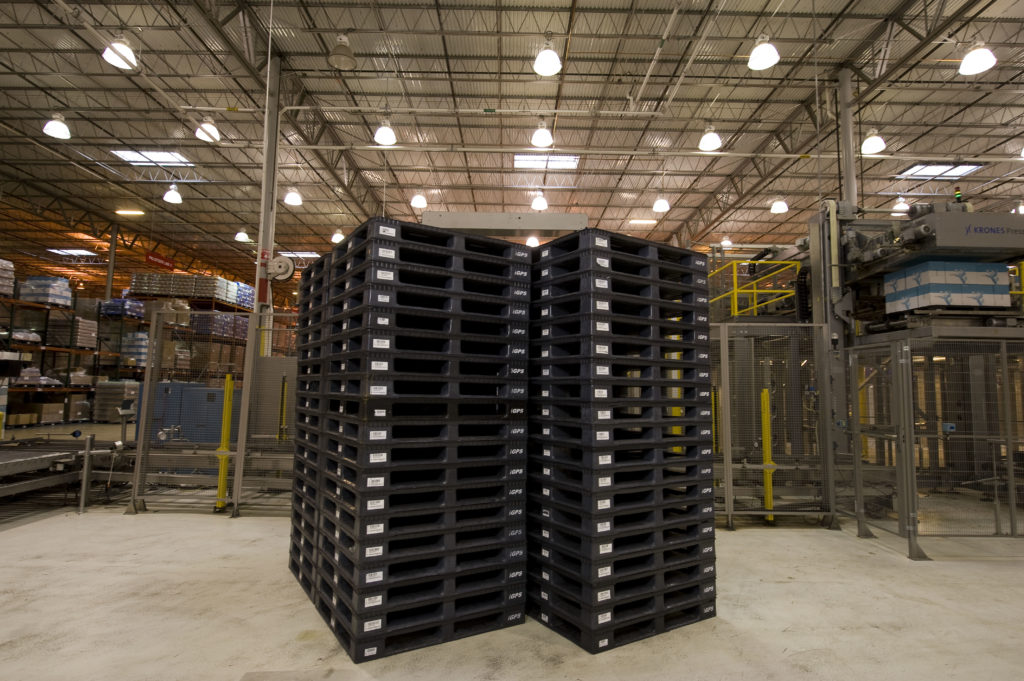
How to Simplify Pallet Sorting and Handling
Warehouse managers often view pallet sorting and handling as wasted time. While shipping platforms are necessary tools, they also require maintenance and storage. And the more time warehouse workers spend handling and storing empty pallets, the less time they can dedicate to essential tasks like managing inventory, receiving orders, and loading shipments. By simplifying pallet…